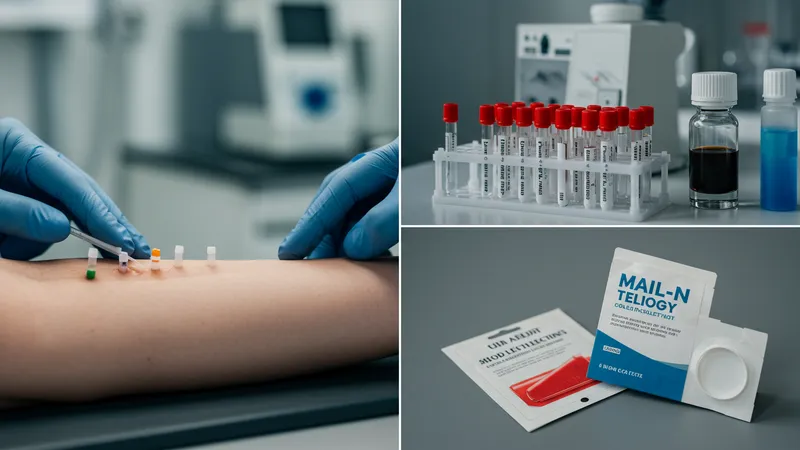
How Allergy Testing Services Identify Common Triggers
Testing Methods Used by U.S. Allergy Services to Identify Common Triggers
The main methods used by allergy testing services for identifying triggers are skin prick testing, blood (IgE) testing, and patch testing. Each method is carefully selected based on the individual’s symptom history, age, and suspected allergen type. Skin prick testing, performed at clinics like those operated by LabCorp and Quest Diagnostics, involves placing small amounts of suspected allergens onto the skin and observing results within 15–20 minutes. This fast-acting option is widely favored for environmental and some food allergies.

Blood (IgE) testing has surged in recent years due to its convenience. Companies like ZRT offer mail-in blood collection kits analyzed in certified labs. This method enables large-scale screening for dozens of allergens in a single draw, providing broad yet detailed reports. Blood testing is especially useful for those with sensitive skin, extensive rashes, or individuals unable to suspend allergy medications for skin testing.
Patch testing, though not as commonly discussed, plays a critical role for those with suspected contact dermatitis or eczema. Small panels containing common irritants are applied to the skin and monitored over a couple of days for delayed reactions. This approach is vital in distinguishing between fast and slow-acting allergen responses, refining management plans for affected patients.
Method selection impacts both comfort and accuracy. For example, pediatric clinics in the U.S. often opt for blood testing in young children to avoid the anxiety of skin pricks, while adults with mild symptoms may benefit from rapid in-clinic screens. Providers carefully weigh these options, maximizing test value and ensuring each report is both actionable and personalized.